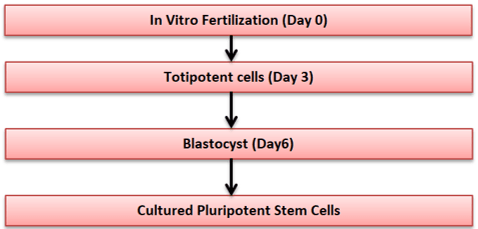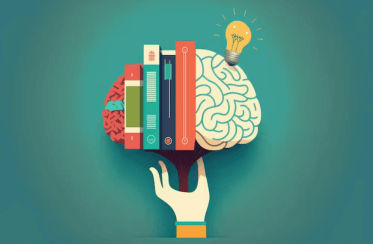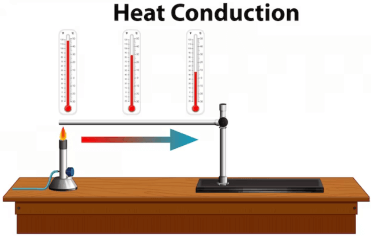Question

a.
Derivation of human embryonic cells
b.
Derivation of human hepatocytes
c.
Derivation of human cardiac cells
d.
Derivation of carcinogenic cells
Posted under Tissue Engineering
Interact with the Community - Share Your Thoughts
Uncertain About the Answer? Seek Clarification Here.
Understand the Explanation? Include it Here.
Q. What does the following diagram depict?
Similar Questions
Explore Relevant Multiple Choice Questions (MCQs)
Q. Arthroplasty is a surgical procedure to restore the function of a building.
View solution
Q. ___________ is a type of scaffolding made from bamboo and widely used in construction work for centuries.
View solution
Q. ________ are supportive structures used in tissue engineering, these allow the cells to propagate and form a tissue.
View solution
Q. A ____________ is a fluid-filled sac that forms in the abdomen comprised of pancreatic enzymes, blood and necrotic (dead) tissue.
View solution
Q. The pancreas is about 6 inches long and sits across the back of the abdomen, behind the stomach.
View solution
Q. Cystectomy is a surgical way of removing a cyst.
View solution
Q. The _______________ the epithelium lining the surface of the urinary bladder is a unique cell type with high plasticity and a variety of cellular functions.
View solution
Q. One of the main causes of liver Cirrhosis is metabolic syndrome.
View solution
Q. _____________ is a late stage of scarring (fibrosis) of the liver.
View solution
Q. _____________ is when the blood-forming cells you received on transplant day start to grow and make healthy blood cells.
View solution
Q. _________ is a type of graft surgery involving the transplantation of skin.
View solution
Q. ____________ is rare, inherited neurodegenerative disorder characterized by a loss of medium spiny projection neurons in the striatum.
View solution
Q. Dopaminergic neurons of the midbrain are the main source of dopamine.
View solution
Q. ___________ is a progressive nervous system disorder that affects movement.
View solution
Q. _______________ produce the myelin sheath insulating neuronal axons.
View solution
Q. The majority of neural tissue found in the CNS consists of two cell types, neuronal cells, and ____________
View solution
Q. Reperfusion injury is the tissue damage caused when blood supply returns to tissue after a period of ischemia or lack of oxygen.
View solution
Q. _______ is the abnormal enlargement, or thickening, of the heart muscle.
View solution
Q. Eosinophils are a type of disease-fighting white blood cell.
View solution
Q. ___________ is the physiological process through which new blood vessels form from pre-existing vessels.
View solution
Recommended Subjects
Are you eager to expand your knowledge beyond Tissue Engineering? We've handpicked a range of related categories that you might find intriguing.
Click on the categories below to discover a wealth of MCQs and enrich your understanding of various subjects. Happy exploring!








